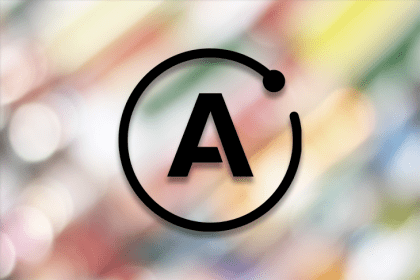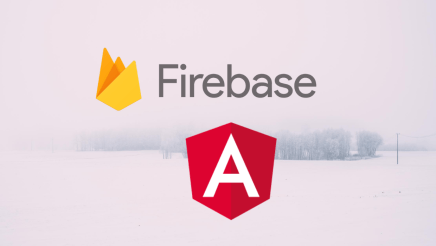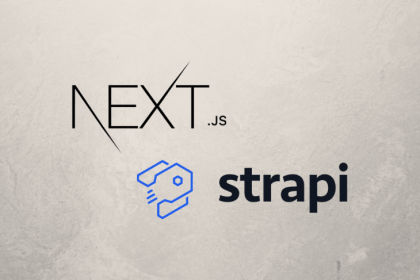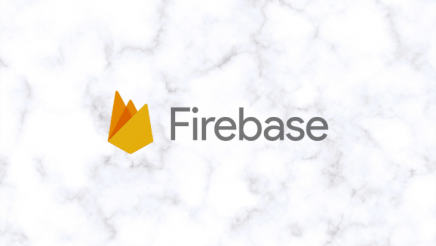
Apollo Client 3 offers several new features, including package rearrange changes and more caching features.

Learn how you can use Mint UI together with Vue.js to buid a mobile-like frontend application for use on both web and mobile.

Spotify’s Backstage has a lot of potential to fill a gap in developer tooling that many engineering teams may not even realize they have.

Explore some of the main features of Facebook’s experimental state management library Recoil by building a CRUD app.

This tutorial shows you how to build a blog on Gatsby from scratch and gives you an overview of the internal workings of Gatsby at a high level.

Learn how to Create, Read, Update, and Delete (CRUD) Firebase documents using Angular.

In this article, I will be doing a comparison of scaffolding build tools available in the Vue.js ecosystem.

Learn how to handle data fetching, build APIs, manage the content of those APIs, validate roles and permissions, and more with Next.js and Strapi.

Alpine is a relatively new JavaScript framework that borrows concepts from other frameworks such as Vue and React. Compared to […]

Learn how to build a serverless Sapper project and refactor it with Firebase to create a lightweight, scalable, and bitesized.

In this guide, we’ll show how Blitz.js and RedwoodJS help improve performance, streamline processes, and enhance the developer experience.

Now is a good time to start using Next.js and unlock the power of server-side rendered applications.